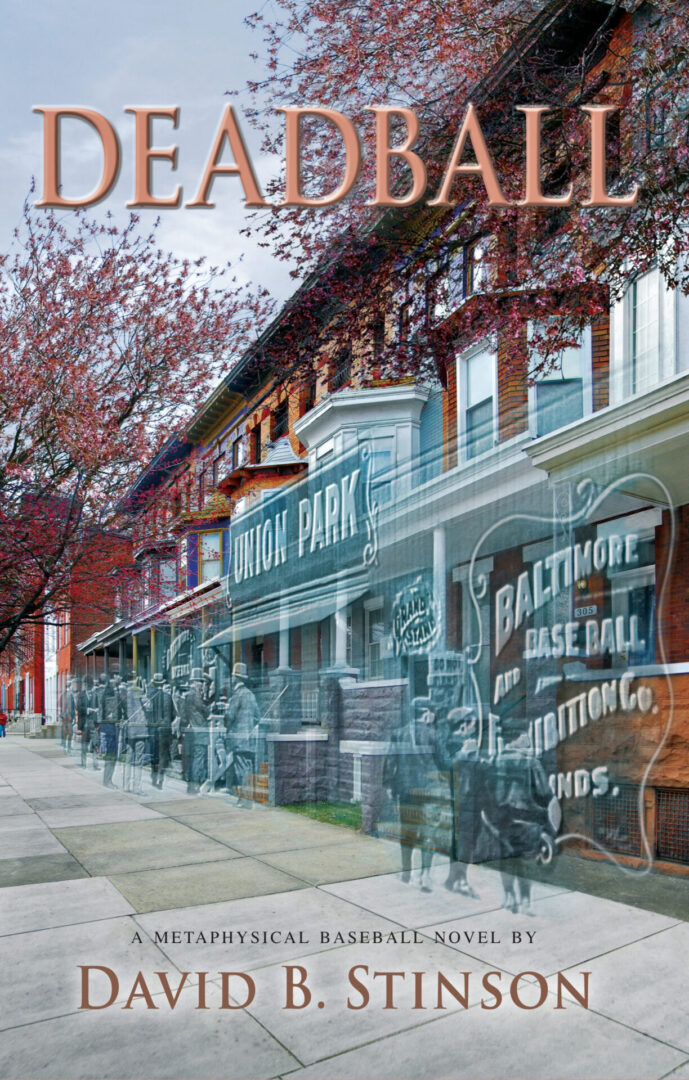Parkway Field was located at the intersection of Eastern Parkway and South Brook Street in Louisville, Kentucky.
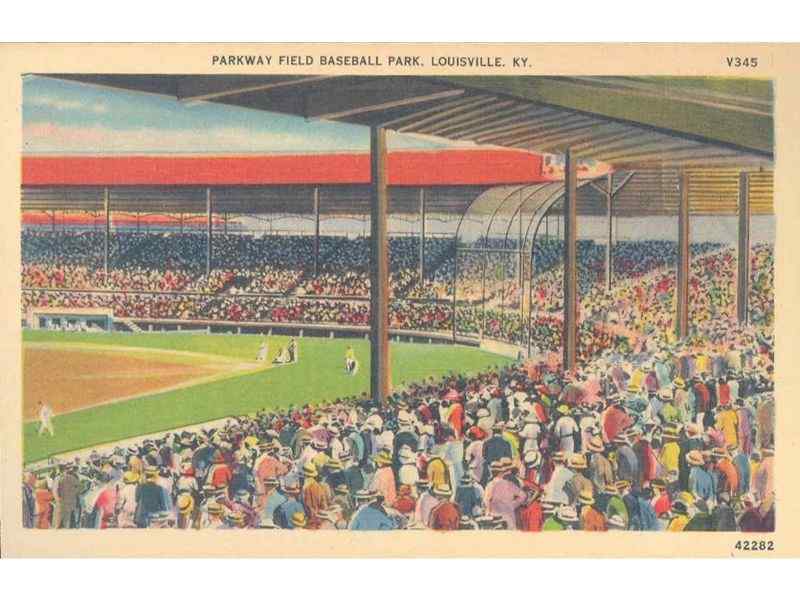
Constructed in 1923 on land purchased from the University of Louisville, Parkway Field was the home ballpark of the Minor League American Association Louisville Colonels from 1923 until 1956. An earlier incarnation of the American Association Louisville Colonels played major league baseball in that city from 1885 to 1891 (they were the Louisville Eclipse from 1882-1884), when the American Association was considered a major league. Hall of Famer Honus Wagner was one notable Louisville player from that era.
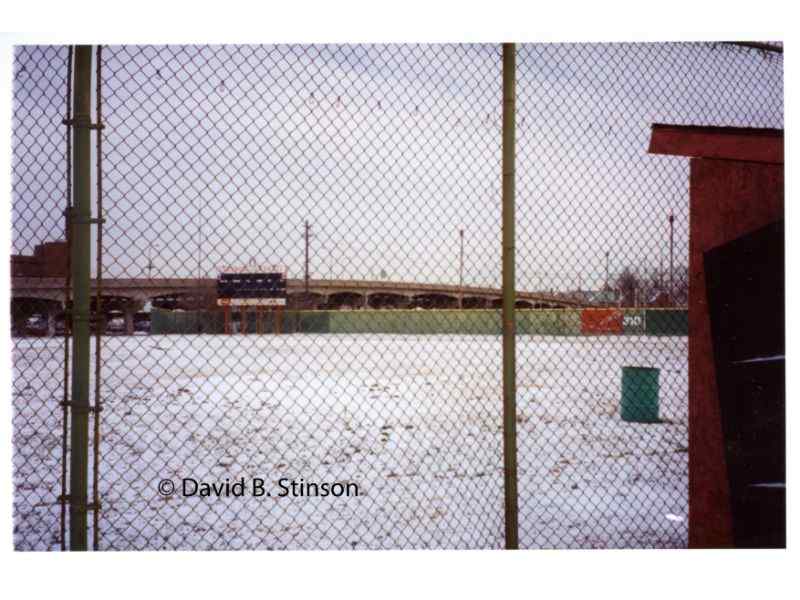
The Colonel’s played for over three decades at Parkway Field, its final season being 1956. In 1952 the University of Louisville had begun playing its home games at Parkway Field and, in 1953, the University repurchased the land and ballpark. The University continued to play baseball there up through the 1997 season.
The University’s football team likewise played at Parkway Field. Notable alumni, Hall of Famer, Johnny Unitas, played all four years of his college career at Parkway Field, from 1951 to 1954.
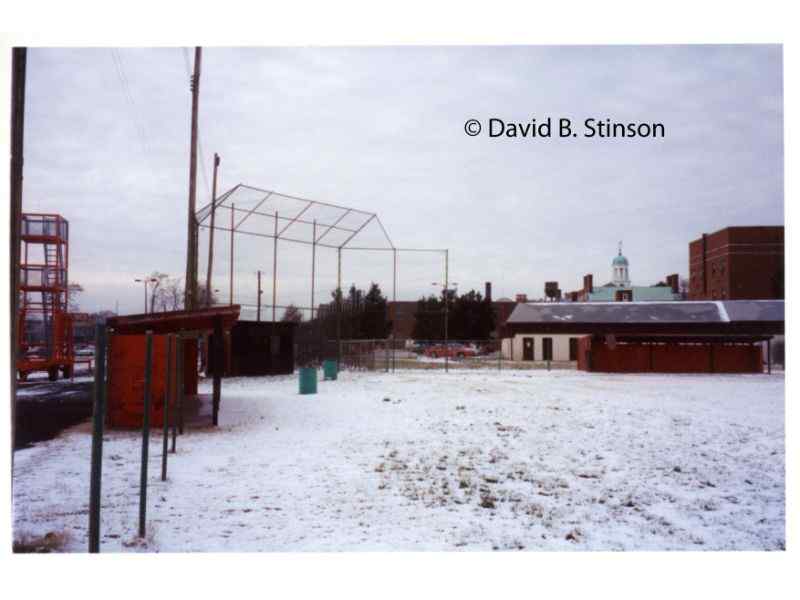
Parkway Field’s grandstand was torn down in 1961 and replaced by wooden dugouts and a chain link backstop. The original brick left and right field walls remained on site for another 40 years, until they were demolished in 2004.
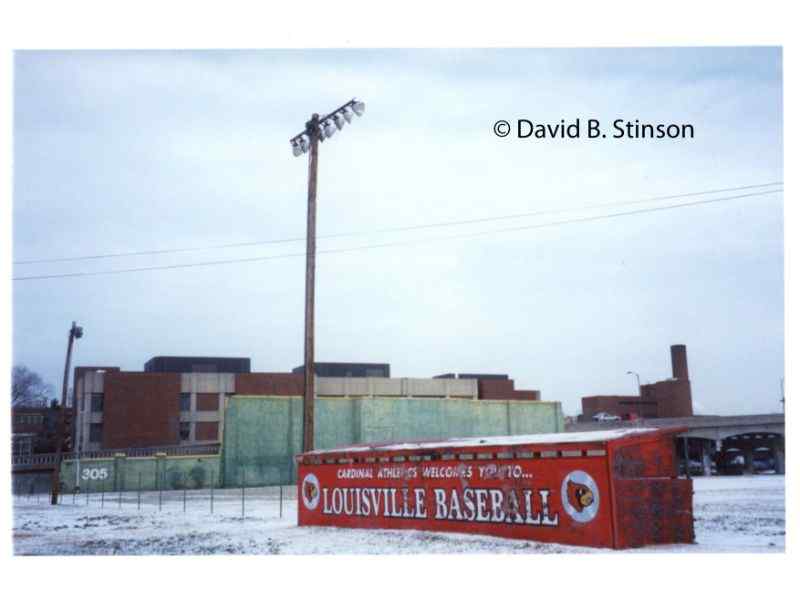
The ballpark hosted several Negro League teams including the National Negro League Louisville White Sox in 1931, the Negro Southern League Louisville Black Caps in 1932, the Negro American League Louisville Buckeyes in 1949, and the Negro American League Louisville Black Colonels in 1954.
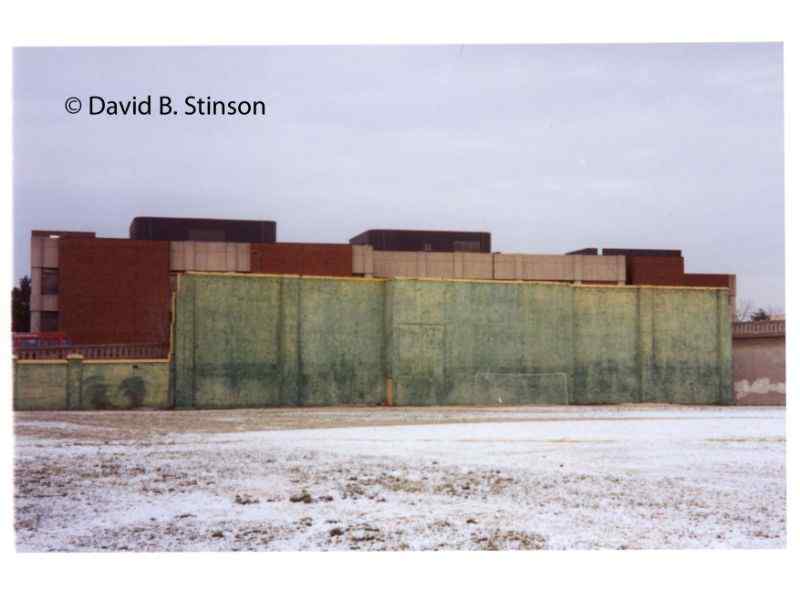
Famous Colonels who played at Parkway Field include Hall of Famers Billy Herman, Earle Combs, and Pee Wee Reese. In 1946, Hall of Famer Jackie Robinson played his first professional playoff game at Parkway Field, when the Louisville Colonels hosted the Montreal Royals in the first three games of the Junior World Series.
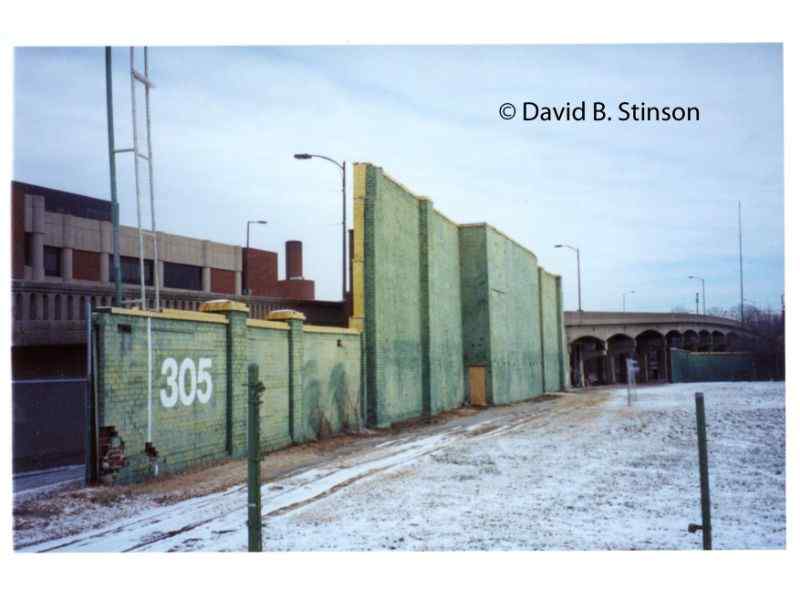
Other Hall of Famers who played at Parkway Field include Babe Ruth and Lou Gehrig, who barnstormed there in 1928, and Satchel Paige.
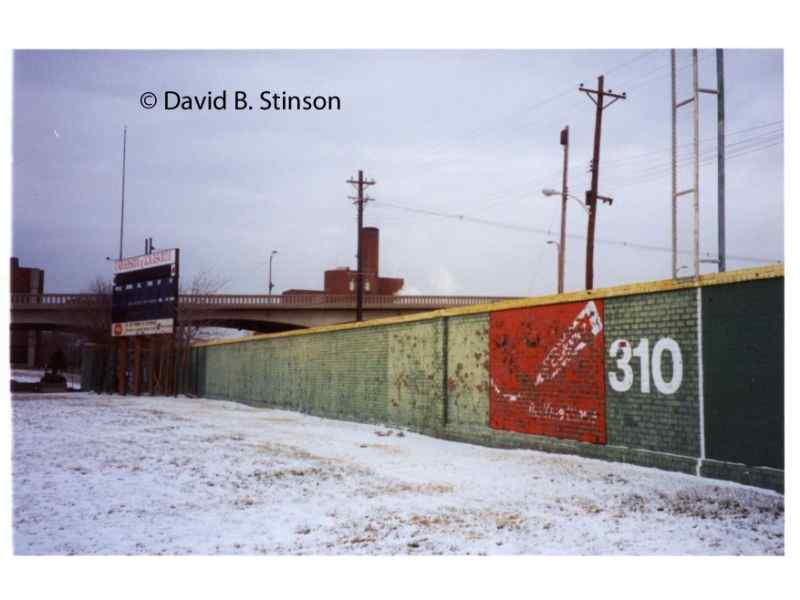
Although nothing from the original stadium remains at the site, the field itself is still used as an athletic field, home to University’s intramural soccer and football programs.
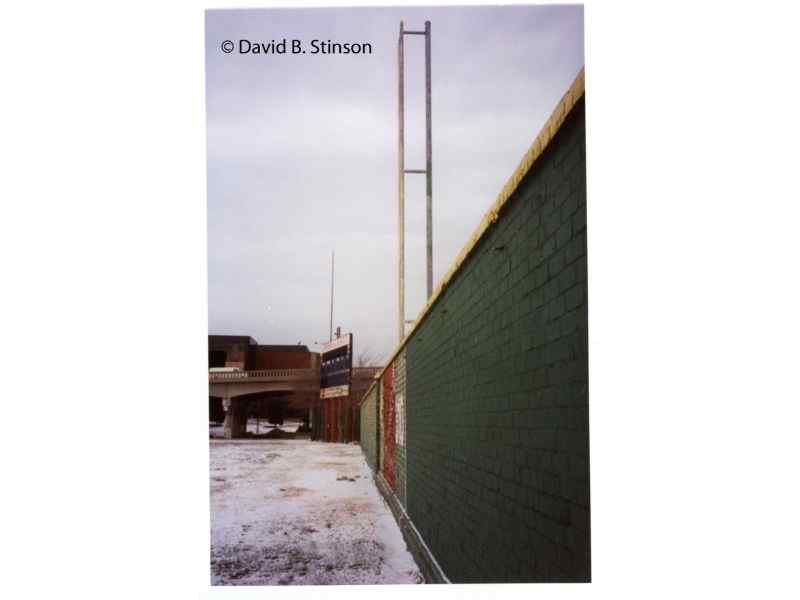
Some of the green-painted bricks that were once a part of Parkway Field’s outfield wall were reused in construction of the University’s new baseball stadium, Jim Patterson Stadium. Located a mile south of Parkway Field, at the intersection of 3rd Street and Central Avenue, the stadium includes a plaque noting the historical significance of those bricks.
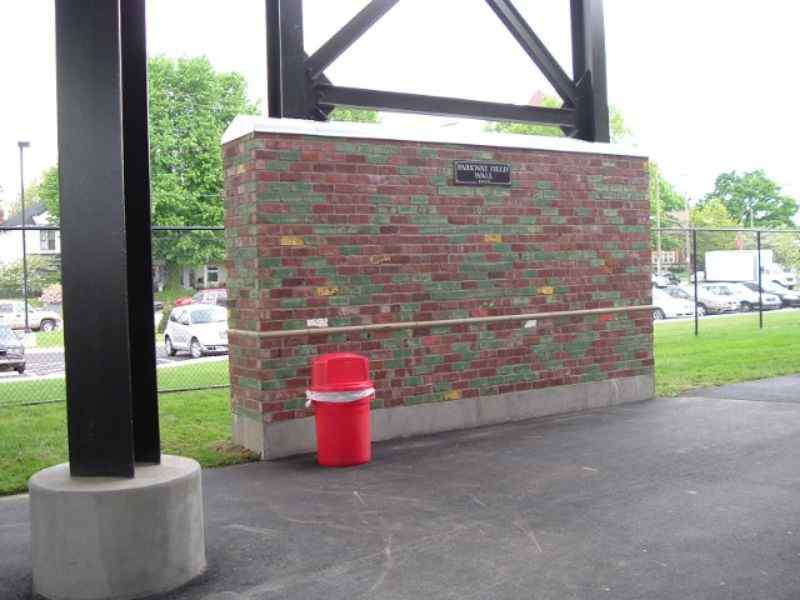
In 1957 the American Association Louisville Colonels moved to Fairgrounds Stadium. The ballpark is located on the Kentucky State Fairgrounds, one and a half miles southeast of Parkway Field at the intersection of KFEC Gate 4 Drive and Circle of Champions.
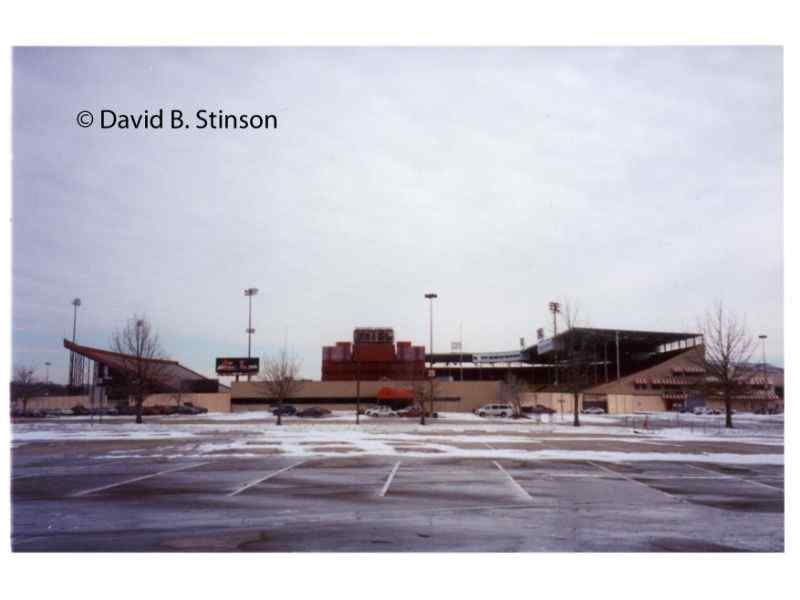
After the American Association folded in 1962, professional baseball departed Louisville. In 1969 professional baseball returned to Fairground Stadium when the Colonels joined the International League, playing there through the 1972 season. Notable Colonels who played at Fairgrounds Stadium include Hall of Famers Phil Niekro and Carlton Fisk, as well as Dwight Evans, Luis Tiant, and Cecil Cooper.
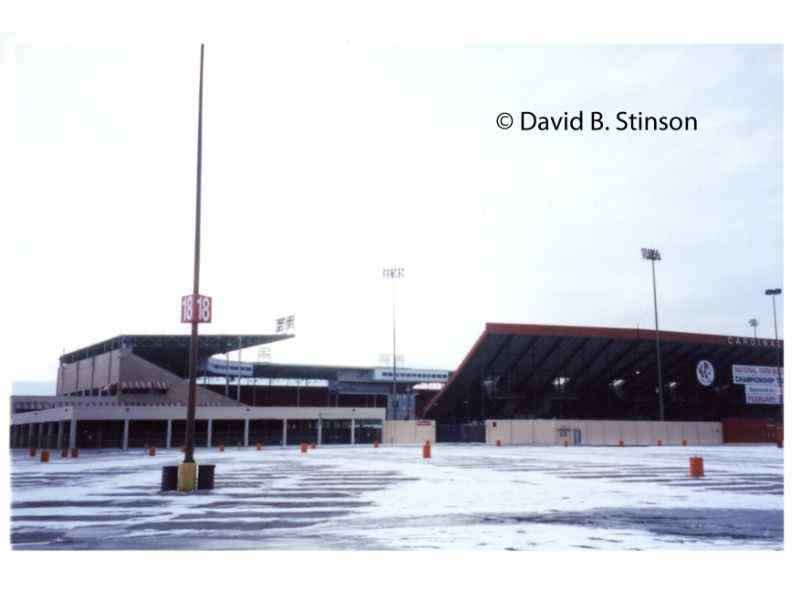
Fairgrounds Stadium almost became a major league venue in 1964 when Charlie Finley, owner of the Kansas City Athletics, staged an unsuccessful campaign with Major League Baseball to move his team to Louisville.
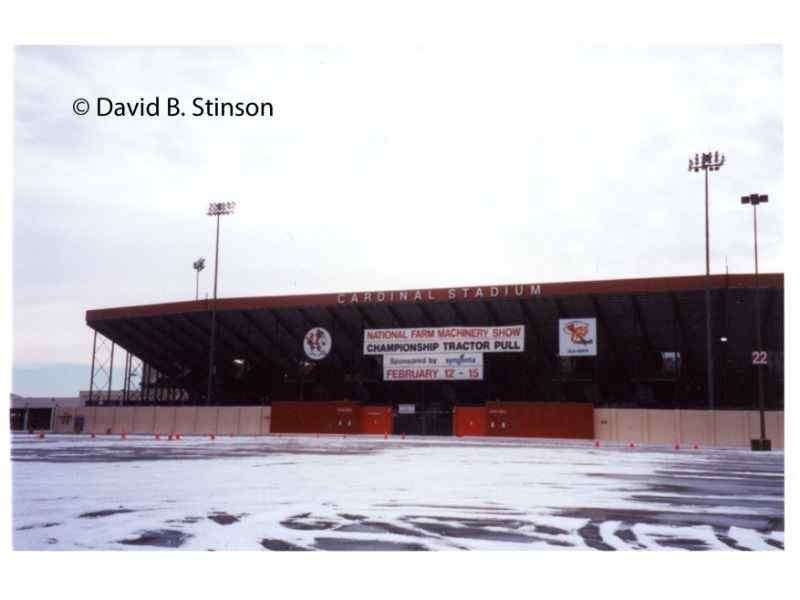
The University of Louisville’s football team played at the stadium since its opening in 1957 and at the end of the 1972 season, with the departure again of professional baseball, Fairgrounds Stadium underwent a major renovation to accommodate primarily football.
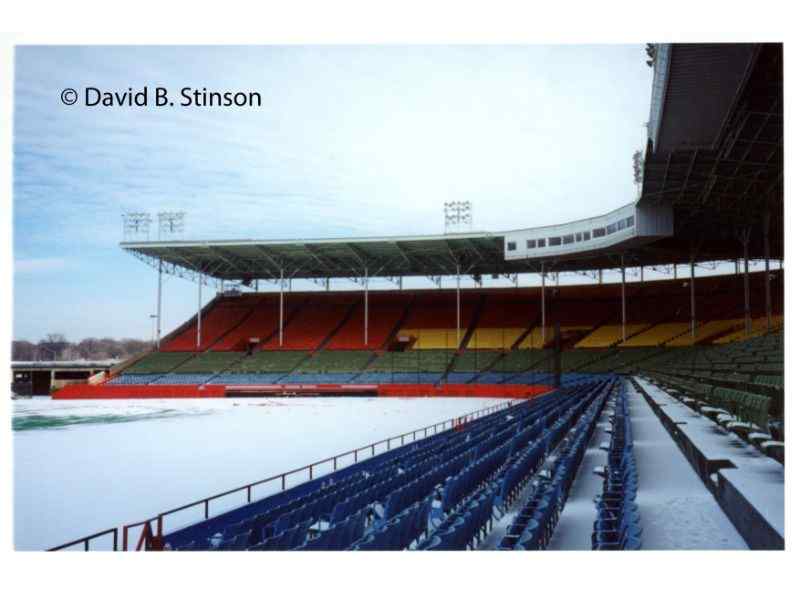
In 1982 professional baseball returned to Louisville. Fairground Stadium was renamed Cardinal Stadium with the arrival of the St. Louis Cardinal’s affiliate, the Louisville Redbirds, who played in the newly reformed American Association. That same year the Louisville became the first minor league team to draw 800,000 fans in one season (aided no doubt by the ballpark’s 30,000 seats). The following year, the Redbirds broke the minor league home attendance record by bringing in over one million fans.
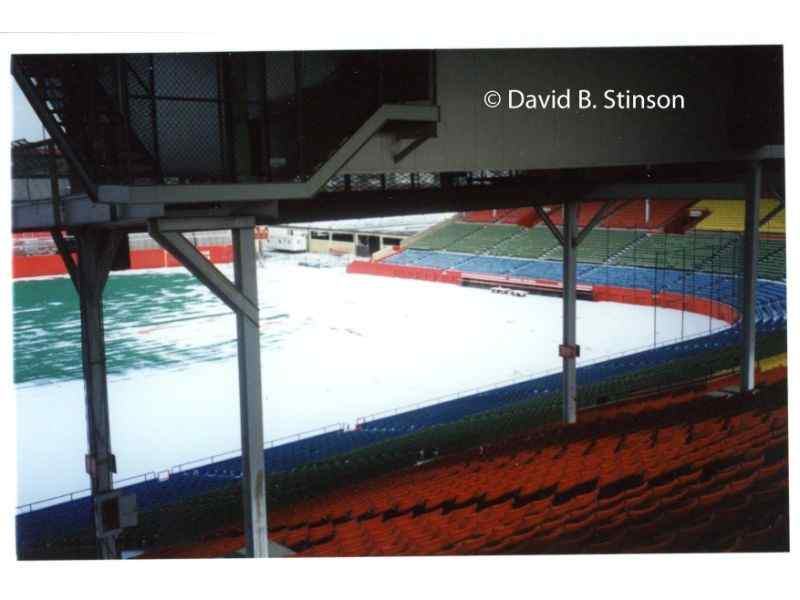
In 1999, the team changed its name to the Riverbats when it became an affiliate of the Milwaukee Brewers. That season would be the last for professional baseball at Cardinal Stadium.
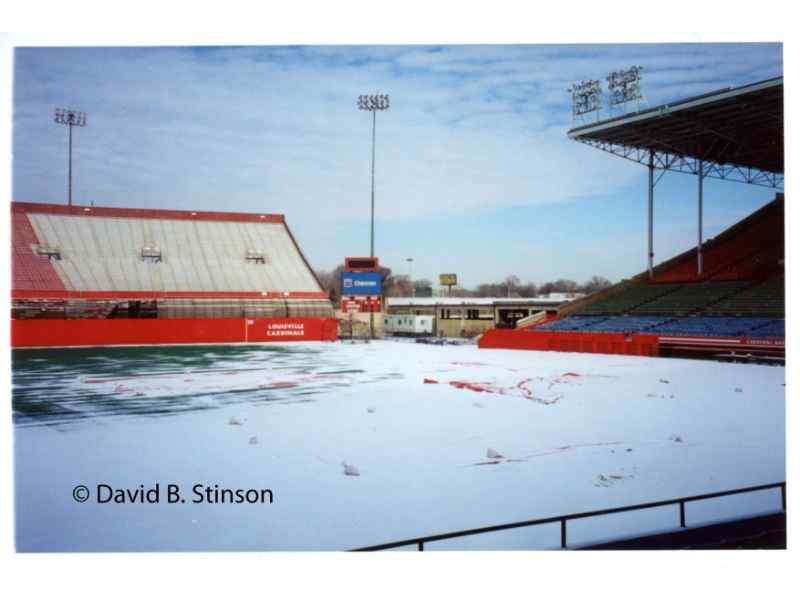
The University of Louisville baseball team continued to play at Cardinal Stadium through the 2004 season.
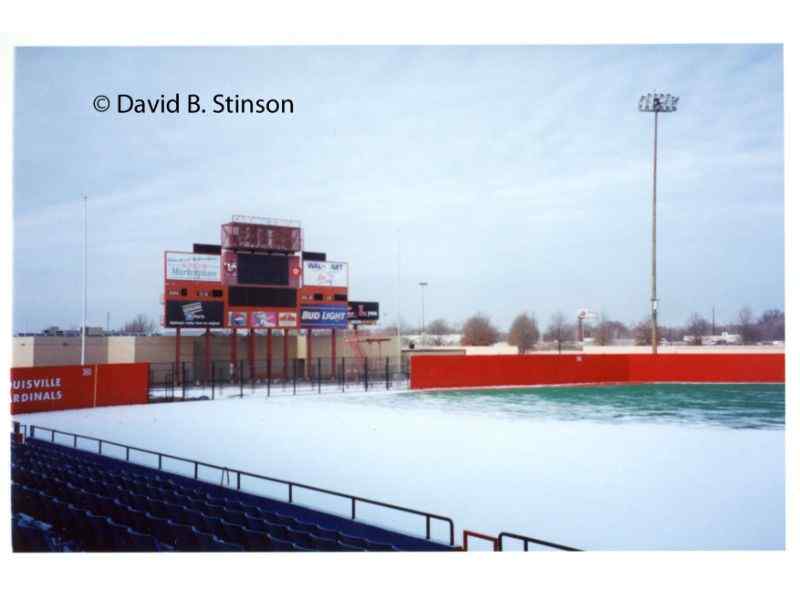
The Louisville Bats now play their home games at Louisville Slugger Field, a 14,000 seat stadium located in downtown Louisville, three and one half miles north of Parkway Field.
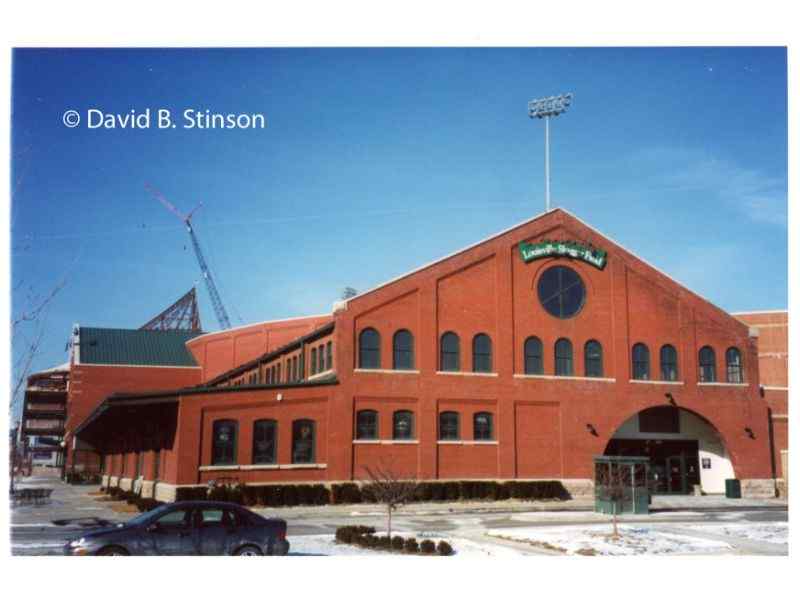
Although Cardinal Stadium remains standing, its days are clearly numbered. In 2013 the grandstand seating areas were deemed unsafe and condemned. The city currently is debating the stadium’s fate, which looks to be eventual demolition of the facility.
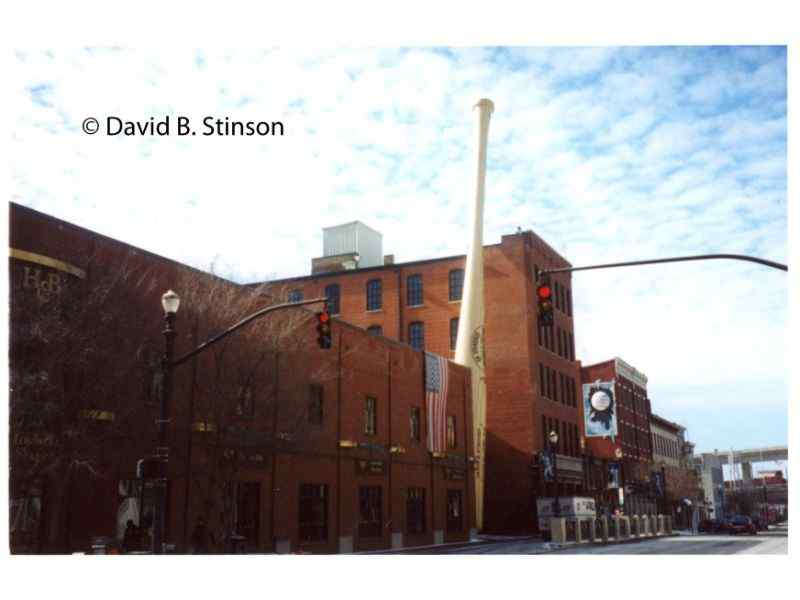
Louisville has a long, rich history of professional baseball. For people interested in seeing for themselves where the game once was played, Louisville is certainly worth a visit, When searching out the locations of Parkway Field and Cardinal Stadium, be sure also to stop by the Louisville Slugger Factory and have your picture taken next to the “world’s largest bat.” The history of that company, and its ties to Louisville and major league baseball, warrants a post all unto itself.
